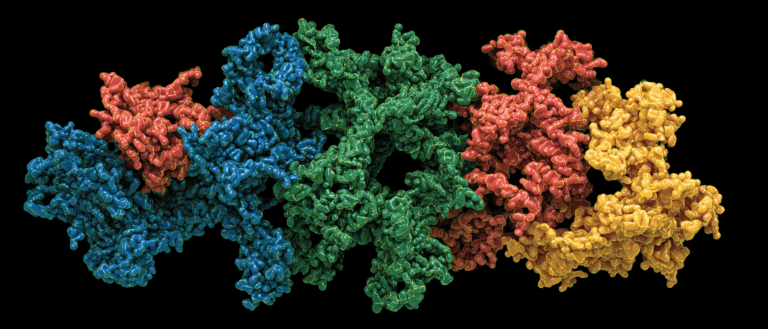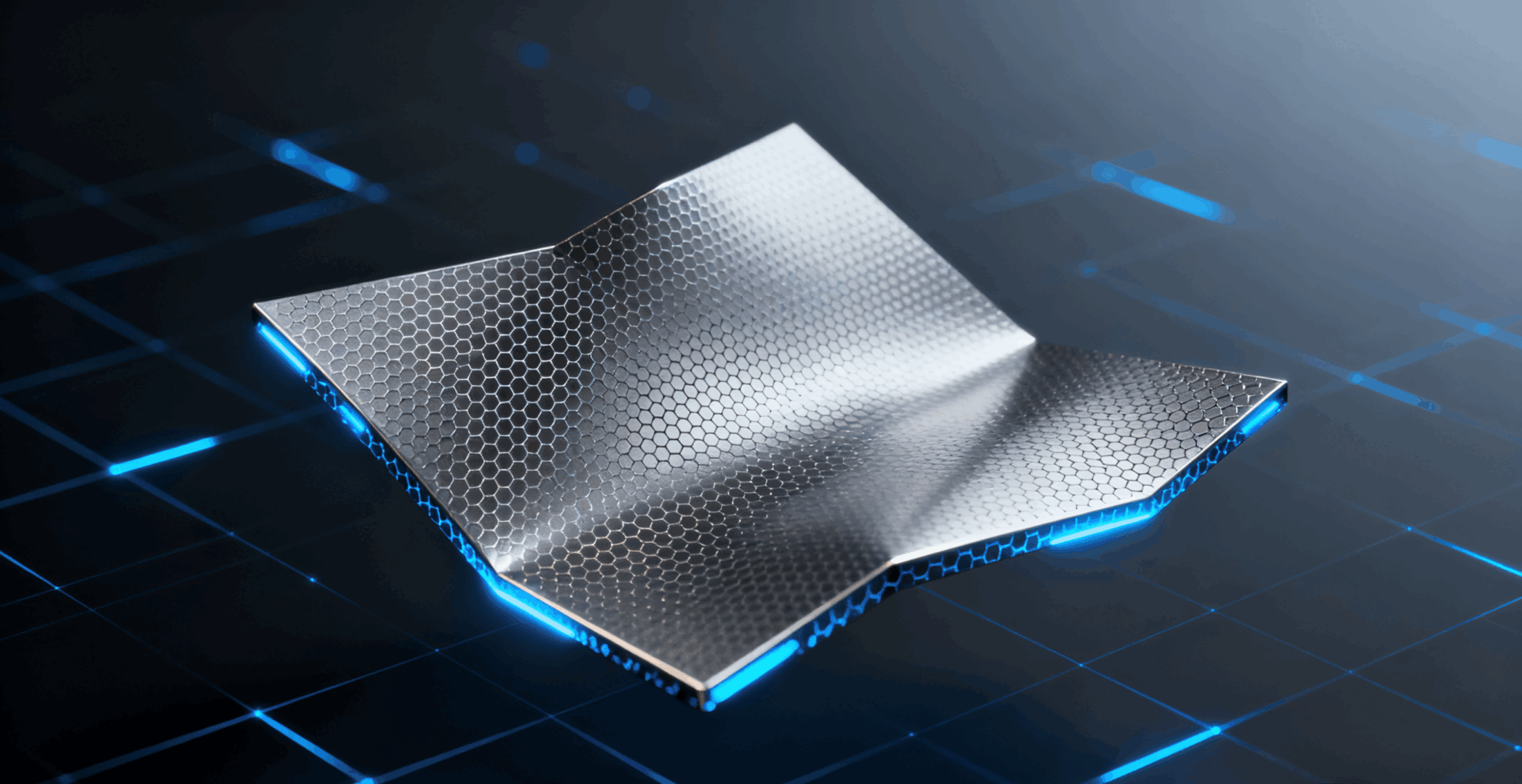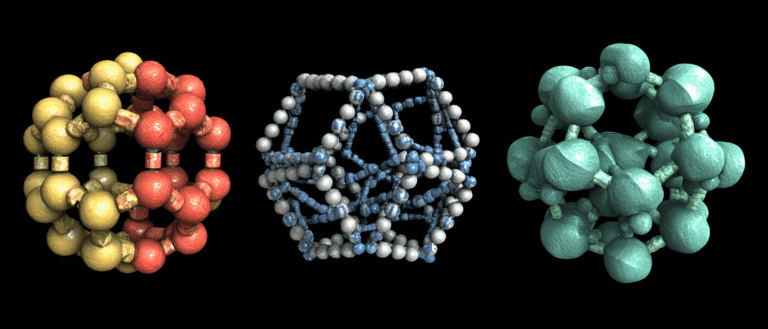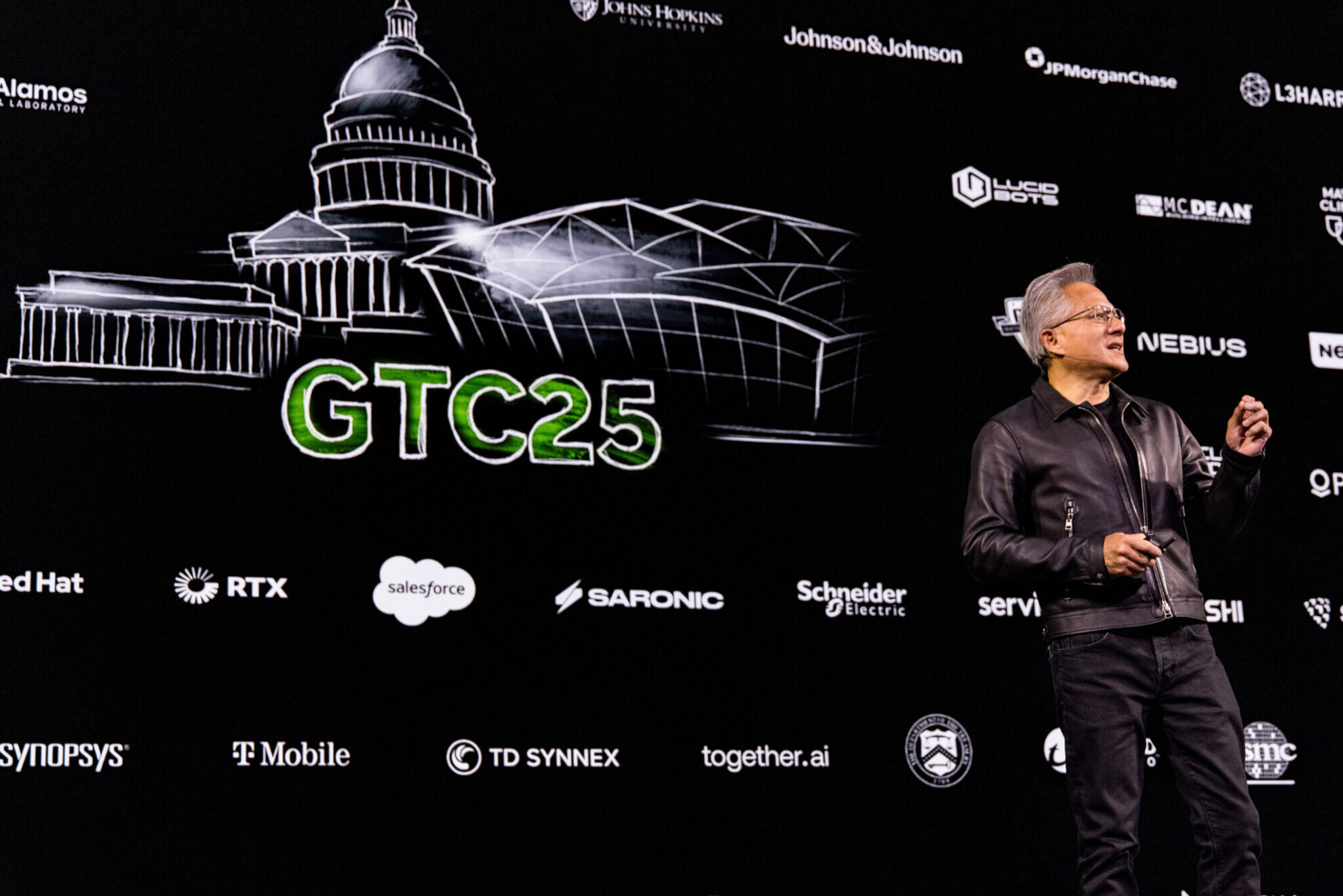Japanese AI Company Joins Hands With Toyota to Create Household Robots to Take on the Responsibility of Household Cleaning

By Super Neuro
Scenario description:A Japanese AI company has successfully realized the idea of smart housework by using an AI system built through deep learning and combining it with the use of robots, using technology to enhance life.
Keywords:Cleaning robot machine vision robotic arm
Why is my room such a mess?
I just cleaned it up, why is it messy again?
Who can help me clean up?
Maybe everyone has faced these problems. In order to fight against the mess in the room, humans have tried many methods, but unfortunately, this is like a natural law: in the absence of constraints, the system will evolve towards disorder.
Is it true that the only way to solve such a problem is to spend energy every time and exercise your patience again and again? Of course not! An AI company from Japan has successfully solved this problem.
This company, called Preferred Networks (PFN), combines AI technology with robots to realize the concept of intelligent room tidying.

Fast forward the robot sorting process
Let robots clean the room.
Maybe for us, tidying up the room does not require special skills, just physical strength and patience. But for robots, it is a big challenge, requiring object recognition, mechanical operation and placement. Fortunately, with the development of machine learning and deep learning, this task is about to be conquered.
In fact, if we break this problem down, we can find several relatively mature fields of AI. Another advantage of PFN is that theyToyota used its already-developed Human Support Robot (HSR) and built an intelligent system for it using deep learning technology.

HSR Appearance
So how does the robot tidy up the room?
The first step in organizing your room: object recognition
To tidy up a room, you need to deal with the problem of multiple objects being placed in a messy manner. In general tasks, robots often only need a single recognition or motion operation. Therefore, if you want to create a "butler" robot, you must use a more flexible method to enable it to recognize more objects at various angles.

To solve this problem, PFN developed an image recognition engine using deep learning. This engine uses the CNN (convolutional neural network) of the deep learning frameworks Chainer, ChainerMN, and ChainerCV.
For training, their CNN used the winning model from the object detection competition and then learned it using a large GPU cluster of more than 100 GPUs on MN-1b (PFN's supercomputer operating environment).
Through these methods, a powerful recognition engine was finally created.Even if hundreds of items are scattered around the room, the robot can accurately identify their location and type.Then plan how to grab the objects and how to organize them, etc.

The robot has powerful object recognition capabilities
Step 2 of Tidying Your Room: Accurate Pickup and Placement
In fact, some objects are difficult for robots to manipulate, such as irregularly shaped handkerchiefs, smooth small bottles, clips and small objects such as paper.

However, PFN uses deep learning methods to enable the robot to successfully grasp most objects by repeatedly repeating the judgments made unconsciously by humans.It can stably grasp objects of various shapes and materials and place them correctly in the specified location.

When sorting shoes, the robot will adjust the direction of the shoes
Step 3 of tidying up your room: Add humanized control
To increase its availability and help more people,They incorporated voice and gesture control into the system, allowing users to activate and command the robot.

Controlling robots with hand gestures
If you need to find an item, you only need to issue a command, because the robot can identify and remember the information of the item, and then take it out according to the user's instructions.
In addition, augmented reality (AR) technology is used, and users can intuitively observe the status of the robot by viewing this AR screen.
Through the display screen, users can visually understand how the robot recognizes objects in the room and what actions it plans to take next, which helps with better operation and command.

Behind the robots is a young and ambitious team Behind the robots is the most ambitious company
Through the use of AI technologies such as image recognition, voice control, and autonomous grasping, PFN enables robots to organize objects quickly and with high precision, perfectly solving the problem of room organization.
This work was first showcased at CEATEC JAPAN 2018, where their project won second place in the Industry/Marketing category for quality and innovation in technology, products and services.
To be able to do such interesting work, there must be a great team behind it.
Preferred Networks is an AI company dedicated to the research and development of personal robots.They are committed to making robots penetrate into every aspect of people's daily life.
This AI company is known as the most innovative company in Japan, with excellent talents and products in the fields of artificial intelligence and deep learning.

Preferred Networks employees and robots
They have also made great achievements in the field of self-driving cars in collaboration with Toyota.
The company's founder said in an interview, "PFN will not only provide AI technology, but also provide solutions that combine AI and robots. If there is enough funding, it is expected that robot products will be delivered to consumers within five years."
Now, they're one step closer to that vision by creating a robotic system that can do all the housework.








